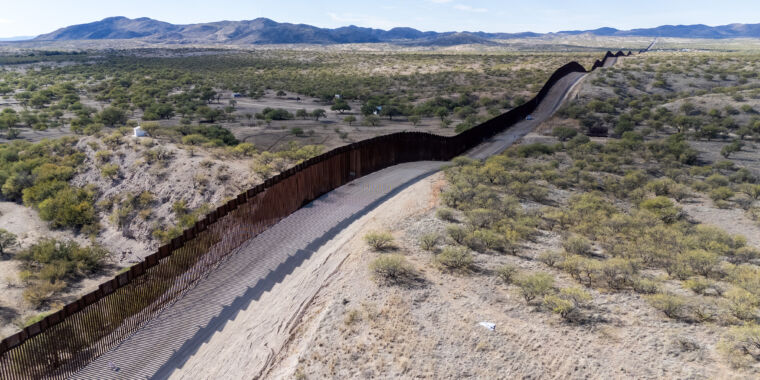In a vast stretch of the Sonoran Desert, between the towns of San Luis Río Colorado and Sonoyta in northern Mexico, sits a modest building of cement, galvanized sheet metal, and wood—the only stop along 125 miles of inhospitable landscape dominated by thorny ocotillo shrubs and towering saguaro cactuses up to 50 feet high. It’s a fonda—a small restaurant—called La Liebre del Desierto (The Desert Hare), and for more than 20 years, owner Elsa Ortiz Ramos has welcomed and nourished weary travelers taking a break from the adjacent highway that runs through the arid Pinacate and Grand Desierto de Altar Biosphere Reserve.
But the dedication and care of this petite woman go beyond her simple menu. Every two weeks, she pays out of pocket for a 5,000-gallon tank of water to distribute to a network of water troughs strategically placed in the area. By doing so, she relieves the thirst of bighorn sheep, ocelots, pronghorn, coyotes, deer, and even bats that have been deprived of access to their natural water sources.
“The crows come to the house and scream to warn us that there is no more water … it’s our alarm,” says Ortiz Ramos in her distinct northern Mexico accent. Her words sound straight from an Aesop’s fable, but they take on stark realism in this spot. Covering large parts of Arizona, California, and the Mexican states of Baja California and Sonora, the Sonoran Desert—along with the Lut Desert in Iran—was cataloged in 2023 as having the hottest surface temperature on the planet, at 80.8° Celsius (177° Fahrenheit).
Through narrow steel bollards 3.5 inches apart, I observe lush vegetation surrounding the Quitobaquito spring on the other side of the border. “This vital source supplies both humans and animals over an area of more than 1 million hectares,” Federico Godínez Leal, an agronomist from the University of Guadalajara, explains to me. But now this crucial water source is restricted to the US side due to the construction of the border wall, and I have come with him here to understand the consequences. Godínez Leal and his team have been documenting the stark difference between each side: Their poignant photographs show skeletons of wild boar, deer, and bighorn sheep lying on Mexican soil.
Between 2017 and 2021, the US government installed more than 450 miles of border barriers—steel structures between 18 and 29 feet high, spaced less than 4 inches apart—in the western end of the more than 1,900 miles of border between Mexico and the United States, stretching from the Pacific Ocean to the Gulf of Mexico. Of these 450 miles, 81 percent were replacements of existing vehicular or pedestrian barriers—but which, due to their design, allowed some passage of animals across the border. The rest were new barriers.
Before its construction, scientists on both sides of the border had warned about the impact that the wall could have on the animals of the area, and they are now working to understand the consequences. In turn, villagers in some spots on the Mexican side of the border have organized to try to alleviate the thirst of many animals that have been left without access to water.

